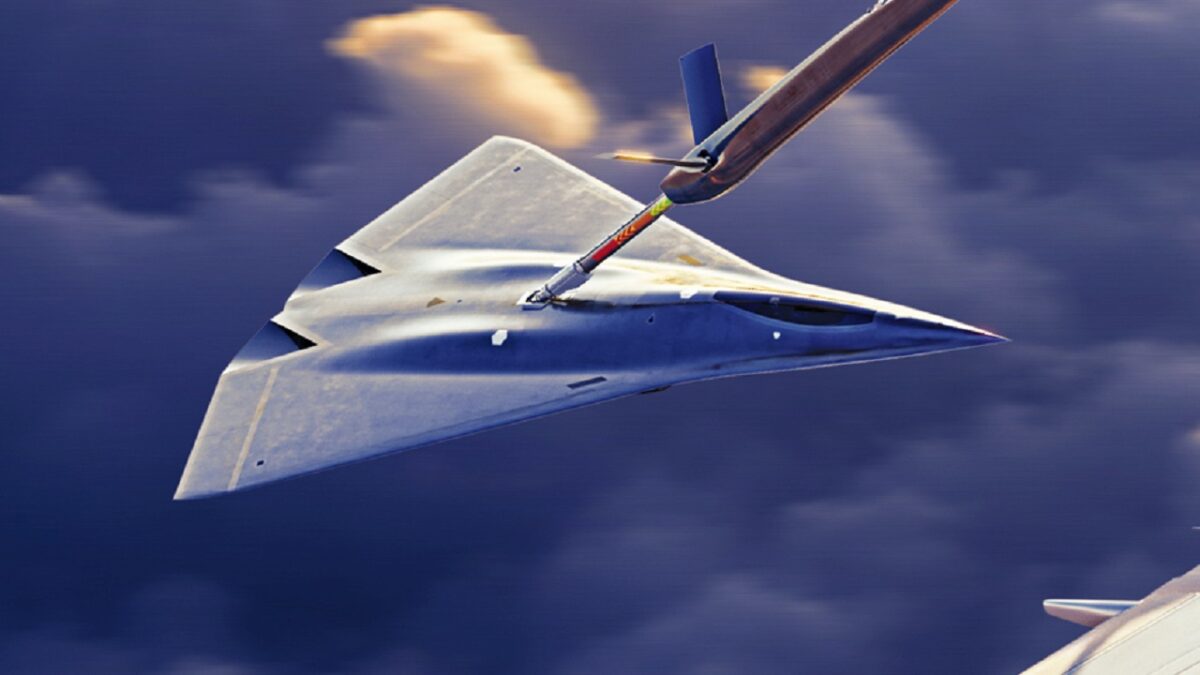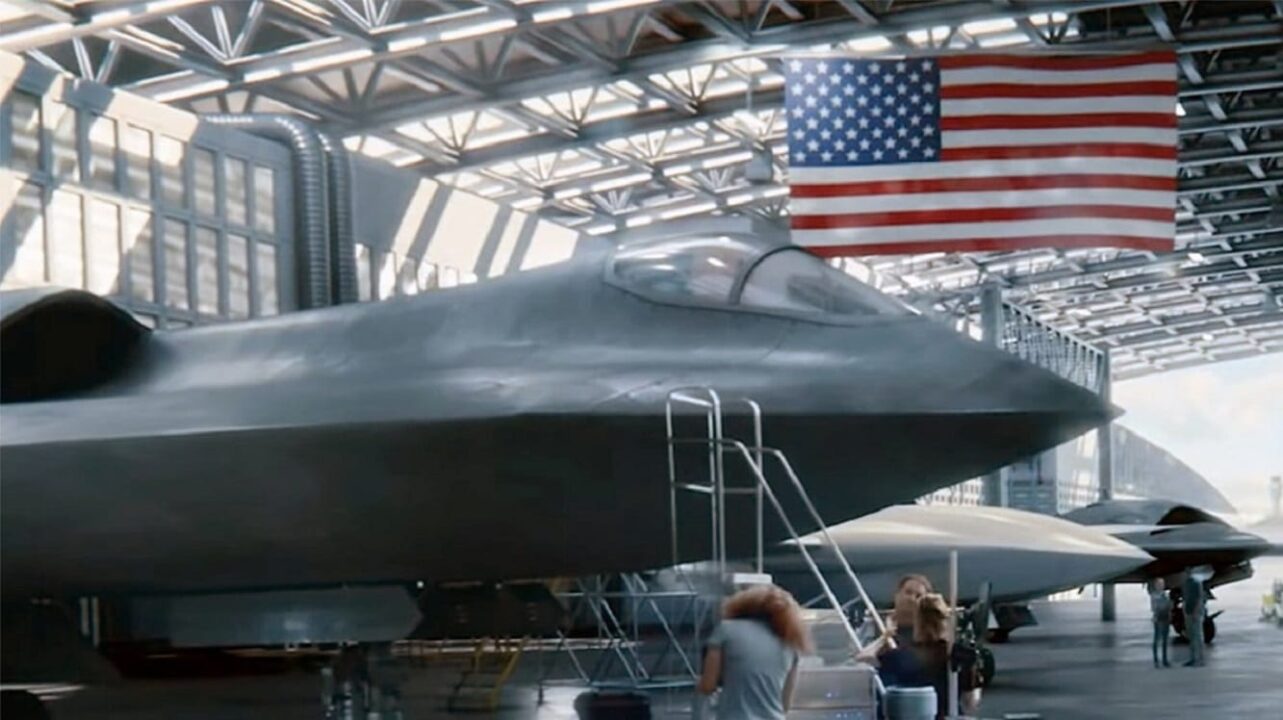Washington and Beijing and racing to get next-generation airframes on the runway for their respective air forces. The PRC has dangled its incoming H-20 stealth platform as a strong counter to the U.S. Air Force’s trio of strategic bombers, while the USAF’s imminent B-21 Raider is undergoing testing phases at the moment. Although the U.S. retained air superiority over its adversaries for many years, both China and Russia have advanced their aerial capabilities, tipping the scales away from America’s previous monopoly on next-generation platforms.
What do we know about the NGAD program?
The USAF’s Next-Generation Air Dominance (NGAD) program is expected to elevate America’s capabilities in the air amidst ongoing geopolitical instability. Designed to replace the formidable F-22 Raptor, the sixth-generation platform is sure to deter adversaries once it officially enters service. Since the NGAD program is highly classified, details surrounding its true features remain largely unknown. However, the little information available on the program indicates that it will represent a whole new era of aviation.
A brief history:
Back in 2014, the NGAD program was derived from DARPA studies to explore new technologies for air superiority systems. The Aerospace Innovation Initiative was then launched to culminate in the development of a new fighter for both the Air Force and Navy. Propulsion, advanced weapons, digital design and stealth are believed to be the core of what the NGAD program will represent. Additionally, the new program is expected to address the short-range limitations the existing American fighter platforms possess. Design-wise, the next-generation fighter will be paired with Collaborative Combat Aircraft (CCA) unmanned aerial vehicles (UAVs). These “loyal wingman” drones will fly alongside the fighters, a new concept that will certainly shake things up.
As explained by Sandboxx News, “At the heart of the Collaborative Combat Aircraft concept is the need for capable artificial intelligence agents that can fly NGAD’s drone wingmen, take cues from local human operators, and even serve as advanced co-pilots inside the crewed fighter itself to help reduce the massive cognitive load pilots must manage while flying their aircraft in combat. The Air Force’s Project VENOM is among the efforts underway to make exactly that happen.”
What about Beijing?
The U.S. is not the only country whose military is looking towards the future. China is also racing to develop its own sixth-generation fighter. Although even less details surrounding a new Aviation Industry Corporation of China airframe is available, Chinese-state media has published renderings of what the program could look like. Unsurprisingly, the mock ups available of Beijing’s next-generation fighter look very similar to U.S. designs. The PLA has a tendency to reverse engineer and copy foreign designs and technologies, a tactic that the country is probably using to get a leg up on its next-generation program.

Image Credit: Lockheed Martin.
Although the U.S. appears to be ahead in the NGAD game, testing mishaps and other events could delay the program’s eventual entry to service. Considering the escalating tensions between Beijing and Washington, the clock is ticking for the NGAD program.

China NGAD 6th Generation Fighter. Image Credit: Chinese Social Media.
Maya Carlin, a Senior Editor for 19FortyFive, is an analyst with the Center for Security Policy and a former Anna Sobol Levy Fellow at IDC Herzliya in Israel. She has by-lines in many publications, including The National Interest, Jerusalem Post, and Times of Israel. You can follow her on Twitter: @MayaCarlin.

